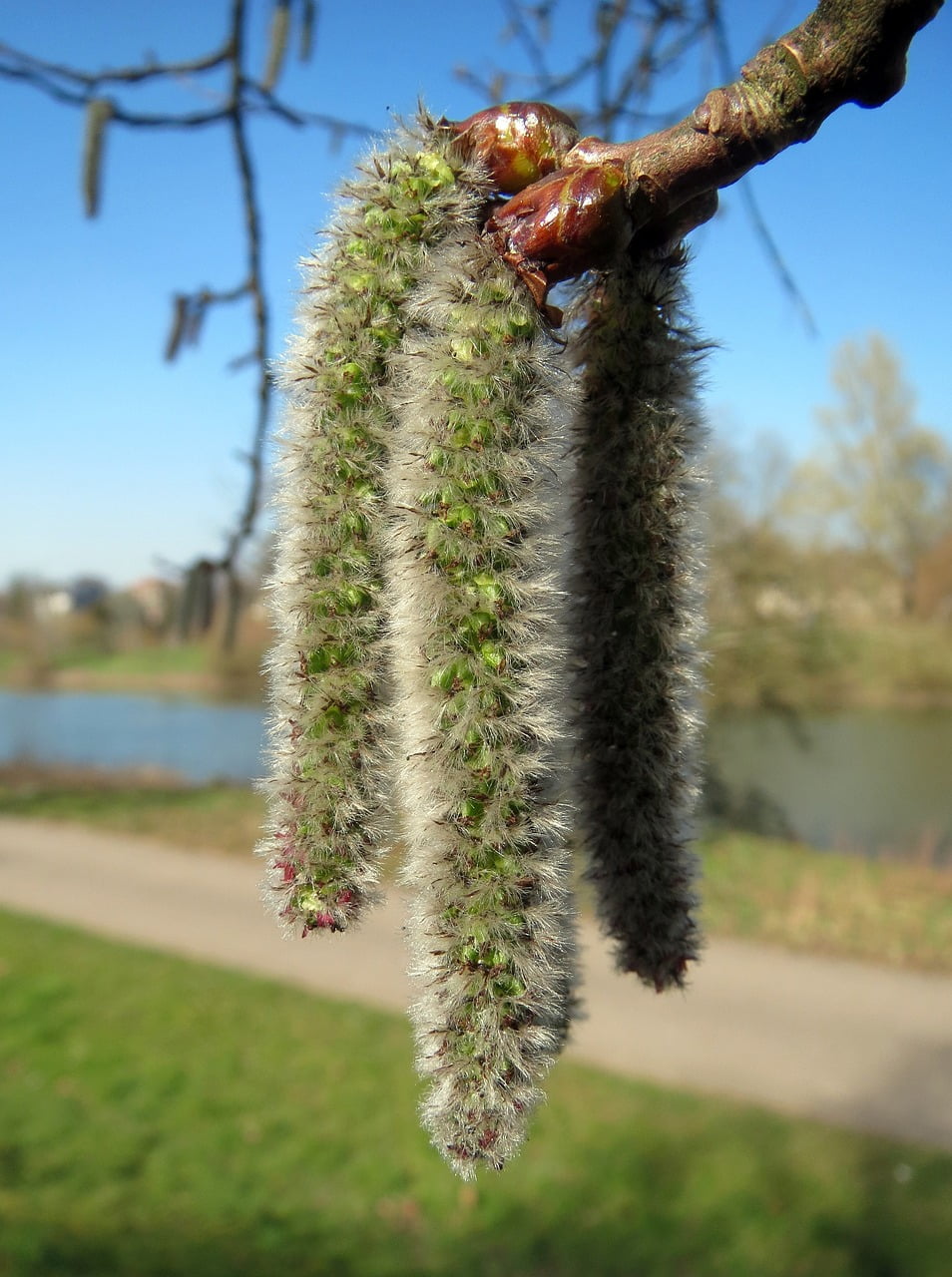
Quaking Aspen and Planting: Preserving Nature’s Quivering Giants
Introduction
In the vast and diverse world of trees, one species stands out for its unique characteristics and mesmerizing beauty – the Quaking Aspen. Also known as Populus tremuloides, the Quaking Aspen is a deciduous tree native to North America. In this article, we will explore the fascinating aspects of these quivering giants and the importance of planting and preserving them. Join us as we delve into the wonders of Quaking Aspen and learn about the essential steps for successful planting.
1. The Quivering Marvel: Understanding Quaking Aspen
1.1 What Makes Quaking Aspen Unique?
The Quaking Aspen is renowned for its shimmering leaves, which appear to “quake” even in the slightest breeze. This distinctive feature has earned it its name and captivated nature enthusiasts for generations.
1.2 The Aspen Groves: Clonal Reproduction
Quaking Aspen exhibits a fascinating growth pattern through clonal reproduction. Entire groves of Aspen trees may originate from a single root system, making them one of the oldest and largest living organisms on Earth.
1.3 The Colors of Fall: Awe-Inspiring Displays
During autumn, Quaking Aspen forests transform into a breathtaking canvas of vibrant gold and fiery red hues. Their leaves put on a show, attracting tourists and locals alike to witness the magical spectacle of nature.
2. The Importance of Quaking Aspen
2.1 Environmental Significance
Quaking Aspen plays a vital role in maintaining ecological balance. They provide habitat and food for various wildlife species, including deer, elk, and numerous bird species. Moreover, their root systems help prevent soil erosion, safeguarding landscapes from potential disasters.
2.2 Carbon Sequestration
These quivering giants actively participate in mitigating climate change by acting as carbon sinks. Through the process of photosynthesis, they absorb carbon dioxide from the atmosphere, thus helping to reduce greenhouse gas levels.
3. Planting Quaking Aspen: A Step-by-Step Guide
3.1 Selecting the Ideal Location
Choosing the right location is crucial for the successful growth of Quaking Aspen. They thrive in areas with well-draining soil and ample sunlight.
3.2 Obtaining Quality Saplings
Acquiring healthy saplings from reputable nurseries ensures a strong foundation for your Aspen grove.
3.3 Proper Planting Techniques
Plant the saplings at the appropriate depth and space them appropriately to allow for proper root development and growth.
3.4 Watering and Care
Regular watering is essential, especially during the early stages of growth. Adequate care and maintenance will promote healthy and robust Aspen groves.
3.5 Protecting from Threats
Implement measures to safeguard the young saplings from potential threats such as herbivores and diseases.
4. Embracing Nature’s Gift: Nurturing Quaking Aspen
As we witness the awe-inspiring beauty and environmental significance of Quaking Aspen, it becomes our responsibility to preserve these quivering giants for future generations. By planting and nurturing these trees, we actively contribute to the protection of our natural heritage.
Conclusion
Quaking Aspen, with its trembling leaves and rich ecological importance, is truly a gift from nature. By understanding its uniqueness, significance, and planting techniques, we can ensure that these magnificent trees continue to thrive for many generations to come.
FAQs
- Can Quaking Aspen grow in different climates?
Quaking Aspen can thrive in a range of climates, from cold and temperate to subalpine regions. - Are Quaking Aspen trees prone to diseases?
While they are generally hardy, Quaking Aspen can be susceptible to certain diseases. Regular monitoring and care can help mitigate these risks. - Do Quaking Aspen require a lot of water?
Yes, especially during the early stages of growth, regular watering is essential to support their establishment. - How can I identify Quaking Aspen trees during winter when they have no leaves?
Look for their distinctive white bark, which sets them apart from other trees even during the winter months. - Are Quaking Aspen trees suitable for urban landscaping?
Yes, Quaking Aspen can be a beautiful addition to urban landscapes, provided they have enough space to grow and thrive.